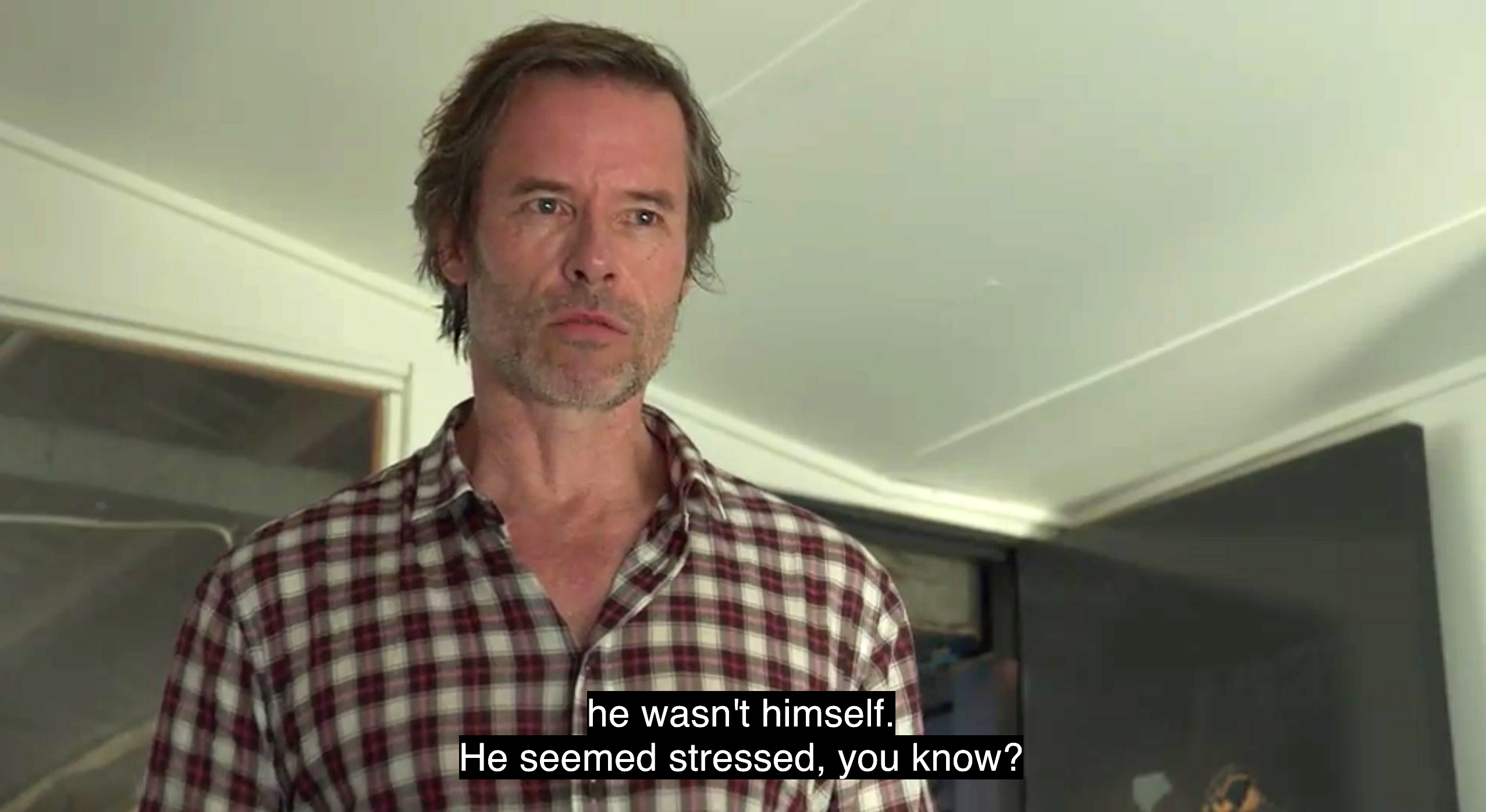Keeping Closed Captioning Ahead of the Curve
FCC seeks to update policies as technology evolves and assistive services expand to more platforms

Closed captioning is not just for the hearing impaired, which may be a major reason behind the Federal Communications Commission’s current re-examination of its decade-old rules for captioning and related assistive services.
About 80% of viewers who use captions — on all platforms — are not hearing impaired, according to a survey by Publicis Media and Verizon Media. A similar number of respondents said they are more likely to watch an entire video when captions are available. Analysts have pointed to a variety of reasons for the growing use of captions, ranging from mumbling actors to Surround Sound audio mixing, when the background music overwhelms spoken dialogue.
Lise Hamlin, director of public policy at the Hearing Loss Association of America, said the group constantly hears “from people with a milder loss, or an untreated or even unrecognized loss, who look to captions when speakers have heavy foreign accents or … when there is interfering sound.”
“In one case, someone who had no recognized hearing loss told me he watched The Sopranos with the captions on because it sometimes telegraphed what he should be paying attention to — for example, if a sound was off camera or a bush was rustling,” she recalled.
Anecdotally, many viewers cite the need for captions in order to understand the pronunciation in British dramas.
Big Players Seek Automated Options
Whatever the reasons, closed captions and the rules governing them are drawing attention, especially as more big providers, such as IBM and Google, bring advanced, automated technology to the service and as hearing-impaired viewers demand captioning capabilities on streaming platforms (including Zoom and other video calling services), as well as on broadcast and cable channels.
Part of captioning’s popularity stems from increased viewing in public venues, whether on a mobile device or in open settings such as bars, restaurants, health clubs, airports or other venues that are being repopulated in post-pandemic times. The Publicis study found 69% of people watched video with the sound off when in public areas.
The smarter way to stay on top of broadcasting and cable industry. Sign up below

In April, the FCC set a vague agenda for a wide-ranging update of the 2010 Twenty-First Century Communications and Video Accessibility Act (CVAA) in a process that involves three FCC bureaus (Consumer and Governmental Affairs, Media and Wireless Telecommunications). The deadline for comments has been extended a few times, with public and industry input due during June and July. (Highlights of the comments will appear in part two of this report in the August B+C/Multichannel News.)
The FCC’s examination also seeks to update February 2014 rules that mandate quality standards such as accuracy, timing, completeness and placement for captioning. The public notice emerged about a month after nine organizations representing hearing- and sight-impaired groups met with acting FCC chairwoman Jessica Rosenworcel and her staff.
In its ex parte description of that meeting, which they called “Accessibility Priorities for New Commission Leadership,” the group said it wants the FCC to issue guidance and metrics for automatic speech recognition (ASR) for video programming, expanded audio description capabilities, increased accessibility for advanced communications services and clarified standards for the transition to ASR-based captions.
The FCC “played a leading role in convening conversations with industry leaders and consumers, developing substantive policy and rules around accessibility,” the group pointed out, asking the commission “to reassert its leadership and re-energize the CVAA.”
Is Caption Quality Declining?
The hearing- and sight-impaired group emphasized that “consumers are reporting a decrease in the quality of closed captions as ASR begins to replace human captioners for live programming.”
“Captions generated by machine often miss context and leave out critical information,” they said. “Members of the deaf and hard-of-hearing community have specifically complained about captioning during major live televised events such as the Super Bowl, the presidential inauguration and COVID-19 press briefings” — emphasizing that viewers of different networks saw “varying levels of quality.”
“This oversight is pertinent as broadcasters continue to rely more frequently on ASR for live programming,” the advocates contended.
Setting the stage for an examination of audio description processes, the group said: “Over the next four years, audio description will be required in markets reaching approximately 87% of broadcast television consumers, though that still means there are 13% of people without access.”
They also encouraged “expansion of audio description in non-English languages” and requiring captions on internet programming.
Moreover, they complained, “Streaming services are currently not covered under commission description rules … [hence] many streaming apps that are not native to the video hardware are inaccessible.”
HLAA’s Hamlin emphasized, “Captioning is hugely important to people with hearing loss, whatever platform it appears on: broadcast television, cable, movies and now over the internet, on our smartphones, when using telehealth or video conferencing platforms at work or to simply chat with friends and family.” During the pandemic, she said, “captioning has been our lifeline to connect with others, to enjoy entertainment, to keep our jobs, to get access to live saving emergency information from our governors or local leaders.”
“Captions must be accurate and usable,” HLAA’s Hamlin insisted.
Captions Have Been Here Awhile
Captions have been part of American television since the 1970s, starting with use on shows such as ABC’s The Mod Squad and PBS’s The French Chef. The FCC has kept an eye on captioning technology for nearly four decades.
Until the passage of the Television Decoder Circuitry Act in 1990 — which required that all new TV receivers built after July 1993 include built-in capability and that all broadcasters transmit closed captions in Line 21 of the analog Vertical Blanking Interval — captioning was handled via a set-top box. The 1996 Telecommunications Act expanded the law to include captioning receivers in all digital TV sets as of 2002. Program distributors have had to carry closed captions for Spanish-language video programming since January 2010. In 2010, the CVAA expanded the requirement to include TV shows distributed via the internet.
Under current rules, all programs must include English or Spanish captions, with exceptions for new networks, networks with less than $3 million in revenue, certain local programs or in cases where networks would have to spend more than 2% of their income on such captioning. There are also hardship waivers.
It is unclear whether the FCC seeks to override local mandates for captioning, such as the one adopted in Seattle two years ago. The city council enacted a law in 2019 to require bars, restaurants, gyms, stadiums and other places of public accommodation to activate captions on their television sets during business hours.
When it issued the call for input to the current public notice, the FCC conceded that many of the captioning rules “have not been revisited … some since initial adoption.”
“Given changes in technology and industry practices, as well as taking into account consumer experiences, we seek comment on whether there is a need to update these rules,” the FCC said. It said the exploration to update the 2010 CVAA will include audio description, closed captioning of internet protocol-delivered video programming, accessible emergency information and accessible user interfaces plus video programming guides and menus.
The agency also invited suggestions about “other initiatives the commission could undertake to improve access to video programming and communications services.”
Among the topics that the FCC could explore is another problem of automated captioning. Some stations for newscasts and other live programs create captions directly from teleprompter scripts. But critics contend such captions have “as low as zero percent accuracy,” with spoken dialogue not matching the displayed words. They cite the problems of a scripted teleprompter during a weather broadcast when conditions are changing rapidly and the on-screen text could put hearing-impaired viewers in danger if they see outdated information.
Academic research, such as a report on “Policy Insights from the Behavioral and Brain Sciences,” has confirmed the value of captioning as a visual reinforcement for audio tracks that help children learn and support foreign-language speakers and other non-disabled viewers in improving their comprehension of video programming. Another U.K. study found that watching captioned films can help viewers learn foreign languages.
Improving Audio Descriptions, Too
The National Federation of the Blind used the FCC comments procedure to encourage the agency to include audio description requirements as part of its current CVAA update, citing the growth of online streaming services that “outpace the current accessibility requirements of the law.” In particular, the NFB said Audio Description of Video Programming rules should extend to channels such as Netflix
and HBO.
NFB president Mark A. Riccobono pointed out that paid subscription channels such as HBO, Disney Plus and others “have significant viewership but are not subject to the same requirements as non-paid subscription channels” such as broadcast and cable channels. He also cites examples of multichannel video programming distributors that carry multiple secondary audio programming (SAP) services for Spanish-language simulcasts but not audio descriptions that would be of use to sight-impaired audiences.
[Paid subscription channels] have significant viewership but are not subject to the same requirements as non-paid subscription channels.
— Mark A. Riccobono, president, NFB
“An example of this is WWE Raw, which airs on the USA Network and has audio description, but is often only available with a Spanish simulcast because Spanish is considered more important to viewership by the network,” Riccobono said.
The NFB also wants the FCC to add requirements that streaming services and subscription channels must purchase the audio-described content when they buy the rights to distribute film and television programming from producers and distributors. Riccobono points to two examples of existing shows being sold for distribution without existing audio descriptions.
“Friends originally aired on NBC, complete with audio description,” he said. “However, when Netflix, and eventually HBO, purchased the series distribution rights, audio description was not, and is still not, available.” Similarly, the 2015 feature film The Hateful Eight included audio description for the theatrical release, but “now that the movie is available on Apple TV, Netflix and Amazon Prime Video, the audio description is not included.”
The NFB also asked the FCC to add a rule that would create audio description
quality standards, citing a 2020 agency plan to comply with Disability Advisory Committee proposals.
Contributor Gary Arlen is known for his insights into the convergence of media, telecom, content and technology. Gary was founder/editor/publisher of Interactivity Report, TeleServices Report and other influential newsletters; he was the longtime “curmudgeon” columnist for Multichannel News as well as a regular contributor to AdMap, Washington Technology and Telecommunications Reports. He writes regularly about trends and media/marketing for the Consumer Technology Association's i3 magazine plus several blogs. Gary has taught media-focused courses on the adjunct faculties at George Mason University and American University and has guest-lectured at MIT, Harvard, UCLA, University of Southern California and Northwestern University and at countless media, marketing and technology industry events. As President of Arlen Communications LLC, he has provided analyses about the development of applications and services for entertainment, marketing and e-commerce.

